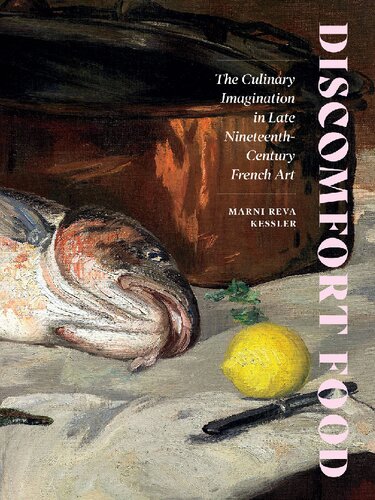

Most ebook files are in PDF format, so you can easily read them using various software such as Foxit Reader or directly on the Google Chrome browser.
Some ebook files are released by publishers in other formats such as .awz, .mobi, .epub, .fb2, etc. You may need to install specific software to read these formats on mobile/PC, such as Calibre.
Please read the tutorial at this link: https://ebookbell.com/faq
We offer FREE conversion to the popular formats you request; however, this may take some time. Therefore, right after payment, please email us, and we will try to provide the service as quickly as possible.
For some exceptional file formats or broken links (if any), please refrain from opening any disputes. Instead, email us first, and we will try to assist within a maximum of 6 hours.
EbookBell Team

4.1
100 reviewsAn intricate and provocative journey through nineteenth-century depictions of food and the often uncomfortable feelings they evoke
At a time when chefs are celebrities and beautifully illustrated cookbooks, blogs, and Instagram posts make our mouths water, scholar Marni Reva Kessler trains her inquisitive eye on the depictions of food in nineteenth-century French art. Arguing that disjointed senses of anxiety, nostalgia, and melancholy underlie the superficial abundance in works by Manet, Degas, and others, Kessler shows how, in their images, food presented a spectrum of pleasure and unease associated with modern life.
Utilizing close analysis and deep archival research, Kessler discovers the complex narratives behind such beloved works as Manet’s Fish (Still Life) and Antoine Vollon’s Internet-famous Mound of Butter. Kessler brings to these works an expansive historical review, creating interpretations rich in nuance and theoretical implications. She also transforms the traditional paradigm for study of images of edible subjects, showing that simple categorization as still life is not sufficient.
Discomfort Food marks an important contribution to conversations about a fundamental theme that unites us as humans: food. Suggestive and accessible, it reveals the very personal, often uncomfortable feelings hiding within the relationship between ourselves and the representations of what we eat.